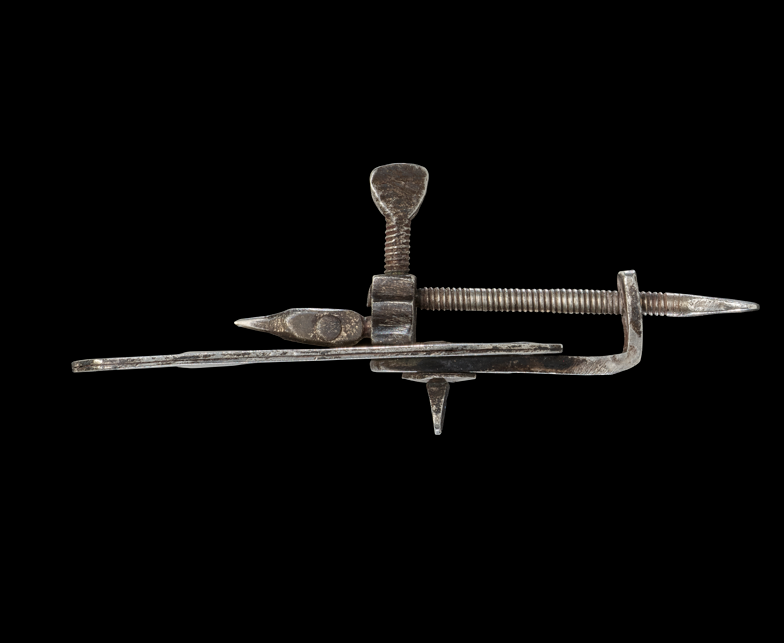Rare Van Leeuwenhoek silver microscope turns up at Christie’s

A rare silver microscope attributed to Dutch scientist Antoni van Leeuwenhoek is going under the hammer at Christie’s in London on December 13.
Delft-born Van Leeuwenhoek (1632 -1723), who is known as the father of microbiology, built his own microscopes. It was with one of these he detected “little Animals” in a rain drop in 1675.
As his microscopes grew more sophisticated he became the first to observe muscle fibres, bacteria and spermatozoa.
The microscope, which is expected to fetch between €180,000 and €290,000, has the highest magnification of any of Van Leeuwenhoek’s surviving microscopes, making it an extremely rare piece.
Van Leeuwenhoek was famously secretive about his lenses but research by the Boerhaave Museum, which owns four of his microscopes, showed that , far from an using an exotic method, he ground his lenses like everyone else but was simply extremely good at it.
Van Leeuwenhoek is thought to have made 322 microscopes and 237 lenses. He gave the Royal Society, of which he was made a Fellow in 1680, 26 of his silver microscopes, none of which survive, and gifted one tot Queen Mary of England and Czar Peter the Great of Russia, which are also lost.
Eight Dutch scientists who changed the world
Some nine microscopes from the estate of his daughter Maria were exhibited at the Boerhaave and London Science Museums in 1983 and three more have since been discovered. The current microscope brings the total number of Van Leeuwenhoek microscopes to 13.
Thank you for donating to DutchNews.nl.
We could not provide the Dutch News service, and keep it free of charge, without the generous support of our readers. Your donations allow us to report on issues you tell us matter, and provide you with a summary of the most important Dutch news each day.
Make a donation